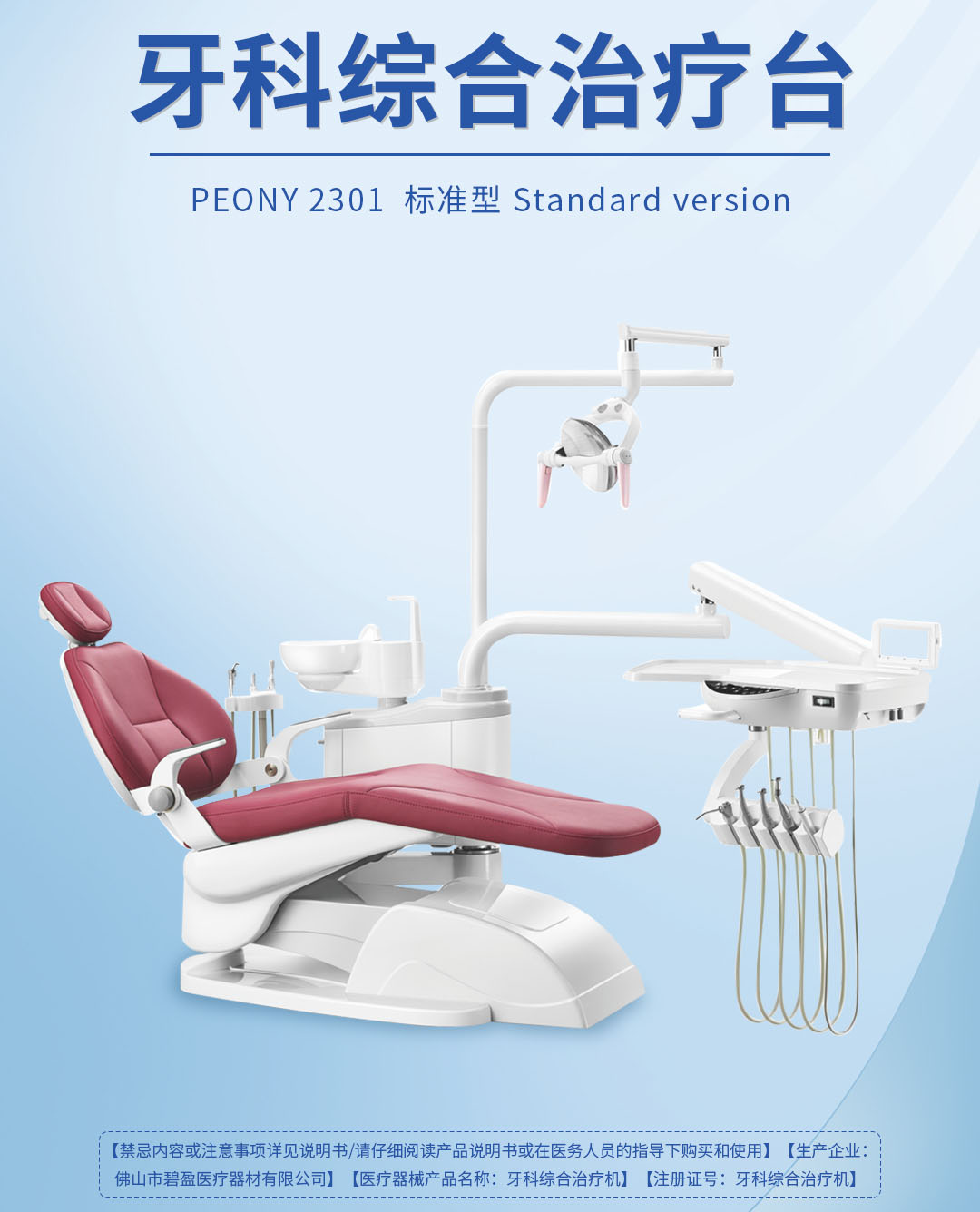美发现人体多种癌症通用标记
- 互联网2010年10月23日 13:31 点击:2056
Mount Sinai researchers find potential therapeutic target across a range of cancer types
Researchers from Mount Sinai School of Medicine, in collaboration with investigators of the National Institute of Health and Medical Research (INSERM) of France led by Nicolae Ghinea, PhD, have found a common link among several malignant tumor types in all grades of cancer. This breakthrough may ultimately provide a new diagnostic or therapeutic target to detect cancer early or stop tumor growth. The study is published in the October 21 issue of The New England Journal of Medicine.
The team discovered that a hormone receptor typically found in human reproductive organs is also found in blood vessel cells in a wide range of tumor types. The receptors are not present on the blood vessels of any normal tissues with the exception of reproductive organs, where they are present in much lower concentrations than in tumors.
"This new tumor marker may be used to improve cancer detection. Tumor imaging agents that bind to the new marker could be injected in the vasculature and would make visible early tumors located anywhere in the body using magnetic resonance imaging, positron emission tomography, or ultrasound imaging," said the study's lead author, Aurelian Radu, PhD, Assistant Professor of Developmental and Regenerative Biology, Mount Sinai School of Medicine.
"New therapeutic agents can be developed that will block the tumor blood supply, either by inhibiting formation of new blood vessels, blocking the blood flow by coagulation, or by destroying the existing tumor vessels," said Dr. Radu.
Scientists evaluated tissue samples from the tumors of 1,336 people in 11 common cancer types, including prostate, breast, colon, pancreatic, lung, liver, and ovarian. They used as detection reagents antibodies that act as homing devices to the hormone receptor, called the Follicle-Stimulating Hormone (FSH) receptor. The research team found that the antibodies located the FSH receptor on the cells that form the blood vessel walls in the periphery of tumors, extending both internally and externally in the immediate vicinity of the tumor.
In preparation for clinical applications aimed at targeting the FSH receptor, the team used an animal model to evaluate if the receptor is accessible for diagnostic or therapeutic agents injected in the blood. As an imaging agent, the investigators used the same antibodies coupled with gold particles, which allow high resolution imaging at a subcellular level using an electron microscope. The studies confirmed that these agents accumulate on the blood vessels in the tumor but do not bind to blood vessels in the normal tissues.
Activation of the FSH receptor is known to contribute to the signaling of vascular endothelial growth factor (VEGF), a protein that stimulates the growth of blood vessels, including those in tumors. Therefore, blocking the action of the FSH receptor may also block signaling of VEGF.
"We are currently investigating the mechanism that leads to the abnormal presence of FSH-receptor on the cells that form the walls of the tumor blood vessels. Studies are in progress to assess the potential contribution of FSH receptor to tumor growth and its connection with known tumor signaling mechanisms, and to generate and evaluate in animals imaging and therapeutic agents," said Dr. Radu.
Compared to currently available drugs, the future agents are expected to have reduced side effects, because the target is absent from almost all normal tissues, and in the blood vessels of the reproductive organs it is present in much lower concentrations than in tumors.
In addition to Drs. Ghinea and Radu, co-authors include Christophe Pichon, PhD, Inserm Unité 753; Villejuif Philippe Camparo, MD, Val-de-Grâce Hospital, Paris; Martine Antoine, MD, Tenon Hospital, Paris; Yves Allory, MD, Inserm Unité 955-Eq 07, Université Paris-Est Créteil; Anne Couvelard, MD, Beaujon Hospital, Clichy; Gaëlle Fromont, MD, Centre Hospitalier Universitaire de Poitiers, Poitiers; and Mai Thu Vu Hai, PhD, Inserm Unité 955-Eq 07, Université Paris-Est, Créteil.
About The Mount Sinai Medical Center
The Mount Sinai Medical Center encompasses both The Mount Sinai Hospital and Mount Sinai School of Medicine. Established in 1968, Mount Sinai School of Medicine is one of few medical schools embedded in a hospital in the United States. It has more than 3,400 faculty in 32 departments and 15 institutes, and ranks among the top 20 medical schools both in National Institute of Health funding and by U.S. News & World Report. The school received the 2009 Spencer Foreman Award for Outstanding Community Service from the Association of American Medical Colleges.
The Mount Sinai Hospital, founded in 1852, is a 1,171-bed tertiary- and quaternary-care teaching facility and one of the nation's oldest, largest and most-respected voluntary hospitals. U.S. News & World Report consistently ranks The Mount Sinai Hospital among the nation's best hospitals based on reputation, patient safety, and other patient-care factors. Nearly 60,000 people were treated at Mount Sinai as inpatients last year, and approximately 530,000 outpatient visits took place.
For more information, visit www.mountsinai.org. Follow us on Twitter @mountsinainyc.
联系邮箱:kefu@labbase.net
版权与免责声明
- 凡本网注明“来源:来宝网”的所有作品,版权均属于来宝网,转载请必须注明来宝网, //www.next-search.com,违反者本网将追究相关法律责任。
- 本网转载并注明自其它来源的作品,目的在于传递更多信息,并不代表本网赞同其观点或证实其内容的真实性,不承担此类作品侵权行为的直接责任及连带责任。其他媒体、网站或个人从本网转载时,必须保留本网注明的作品来源,并自负版权等法律责任。
- 如涉及作品内容、版权等问题,请在作品发表之日起一周内与本网联系,否则视为放弃相关权利。







